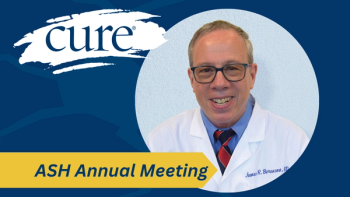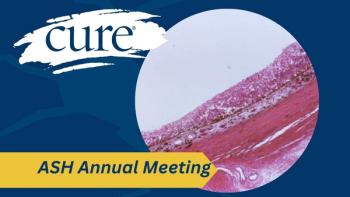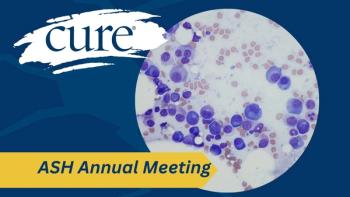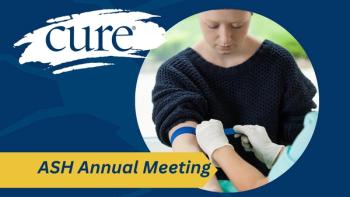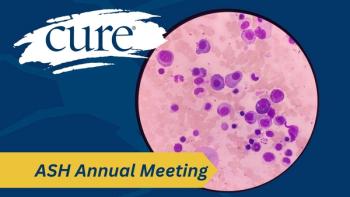
Another news headline touting a possible cure for cancer. Yawn.
Breaking news this morning ... another headline with "cure" and "cancer." With as much excitement as I could muster, I read the opening paragraph after first noting it was a press release passed along by a news agency. A company has developed a technology for killing cancer cells in the lab. No new drug, no clinical trial results, no drug approval. And no excitement or follow-up by CURE. Why? Unfortunately, headlines and press releases like this come across our desks pretty frequently at CURE. We've become a little immune, you might say. Now, if that technology helped researchers develop a drug or treatment ... that could work against cancer cells ... in actual patients ... with tolerable side effects, then it's news to us. That's why CURE rarely reports on pre-clinical studies involving cancer cells or animals, even if the results seem miraculous. That's why we don't devote features to a new gene being discovered in a cancer cell line that could be targeted by an undeveloped, futuristic drug. Anti-angiogenic drugs, such as Avastin and Nexavar, have been touted as breakthroughs because they target a specific pathway that tumors exploit to grow inside the body, and they have proven results against certain cancers--but no one would call them a "cure" for cancer, and they're not without their side effects. When the idea of angiogenesis was first realized in the 1960s by Judah Folkman, not many people took notice. Over several decades, drugs have been developed using this knowledge of angiogenesis, and large-scale trials have been conducted. Even Herceptin, another wonder drug, took decades and a few wrong turns to get from identifying a specific gene on a breast cancer cell to an approved drug that works in a minority of breast cancer patients (those with cancer that overexpress HER2). Even when we do report on drugs that appear to work against certain cancer in a clinical trial, later and larger trials may show the drug really doesn't benefit patients more than already approved drugs. So, we can report on this new possibility of a cancer cure that--if it is that one in a million--may produce visible effects for patients in about 20 years ... if researchers work fast with few mistakes. And while drug development is speeding up (read our senior scientific advisor Diane Gambill's blog on "PARP inhibitors prime example of acceleration in drug discovery"), it may take years for patients to reap the rewards of this new, possible cancer-curing technology. So, CURE waits. We report on the breakthroughs and large-scale studies that excite oncologists who are in the field treating patients. We report on drug approvals that could affect thousands of patients the day a certain drug goes to market. And if (or when) this new technology produces actual results for cancer patients, we'll make sure you know about it.

